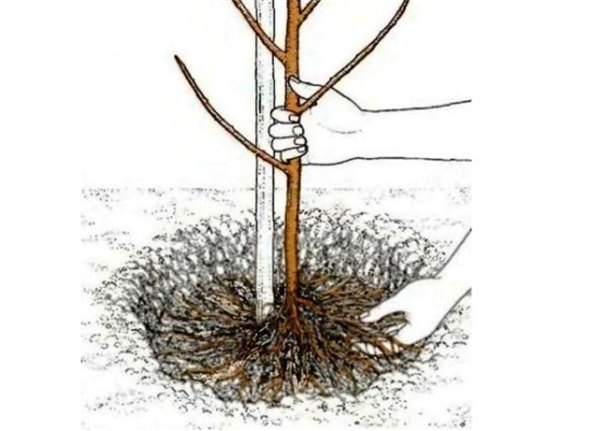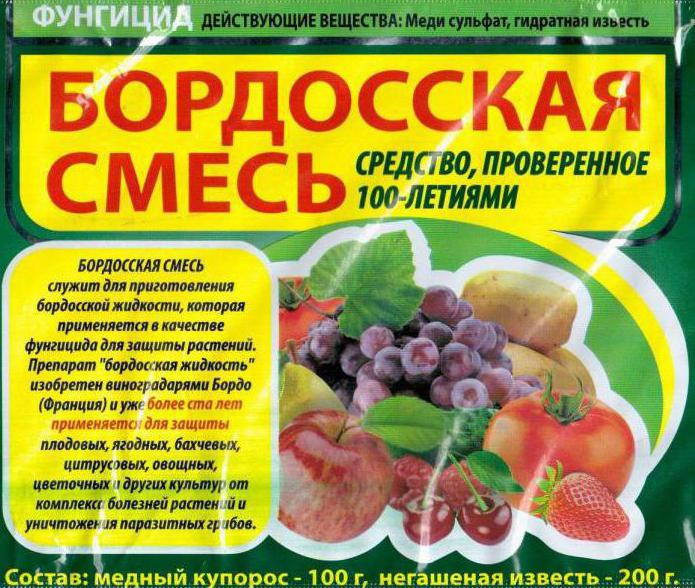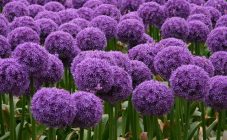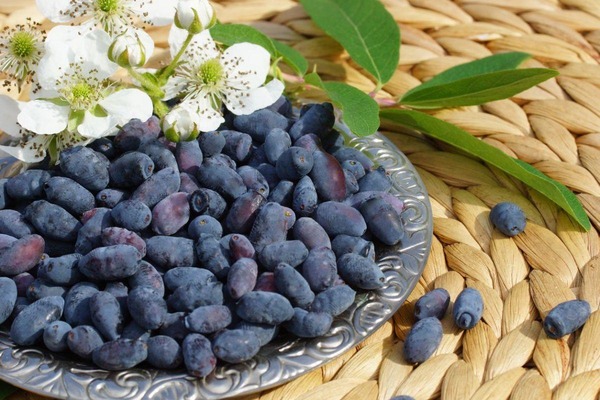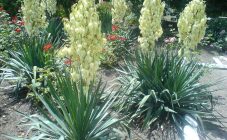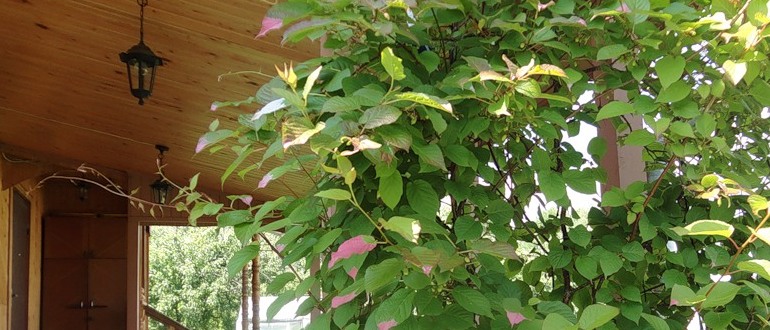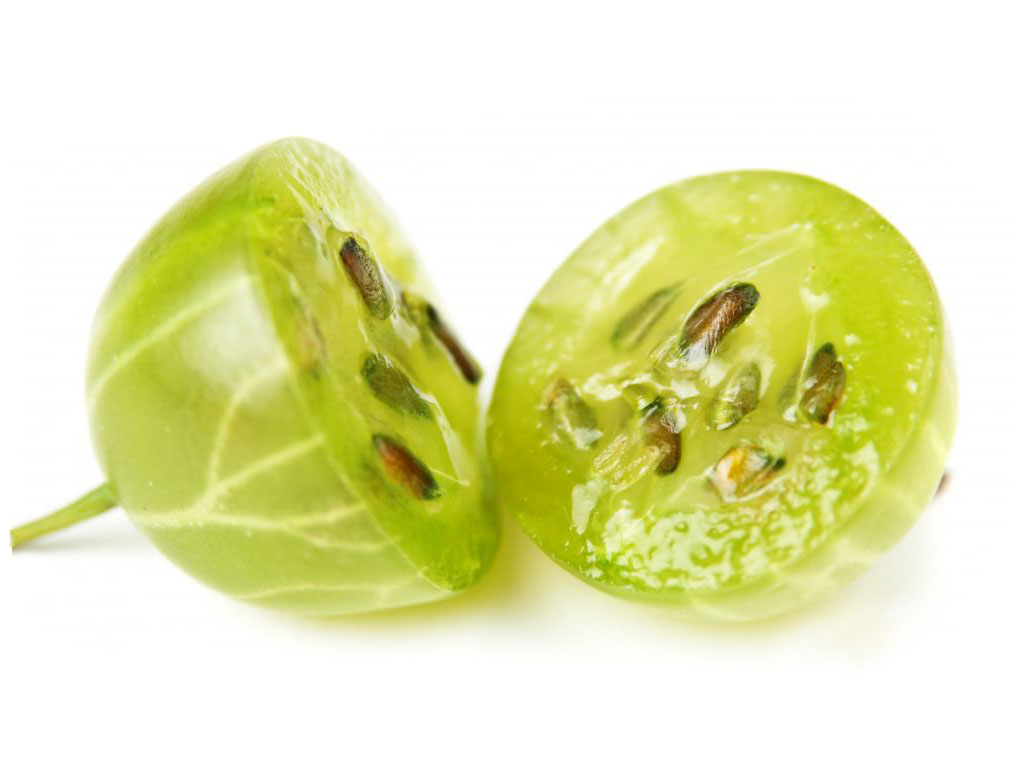Content:
Almonds are a shrubby, deciduous plant. Its fruit is often considered a nut, but this is a misconception, since almonds have stone fruits. In its natural habitat, it grows in small groups. Tall almond trees reach 6 m in height and have a powerful crown. The shrub is considered a good honey plant and is used as a hedge. Life expectancy is over 100 years.
Features of an ornamental plant
An ornamental shrub reaches a height of 3 m, has spectacular pink double flowers.
After that, leaves immediately begin to grow. Ornamental almonds are very unpretentious for growing in a personal plot. It tolerates drought well. It begins to bloom in the 4th year of cultivation, striking everyone around with its magnificence and exquisite aroma. Shrub almonds discard old branches, so it is very important to monitor this process and remove them in time. Ornamental almonds are distinguished from ordinary almonds by high frost resistance, so they grow well even in mid-latitudes. As with any plant, there are rules for planting and caring for an almond bush.
Landing
It is best to plant almonds in November and choose annual saplings for this. This ensures maximum survival rate. But you can land in March as well. The main thing is to choose a place with the best conditions: a well-lit area, no draft and strong wind, partial shade is allowed.
14 days before planting, you need to dig a hole up to 70 cm deep and wide, between the holes you need to retreat a distance of about 4 m.Place drainage on the bottom, pour soil from above, consisting of sand, humus and leafy earth in a ratio of 1: 2: 3, 5 kg of manure, 0.5 kg of superphosphate.
Planting stages:
- Install a support in the middle, fill an earthen mound around the circumference;
- Set the young plant on a hill so that the root collar is 5 m above ground level;
- Fill the planting area with earth and compact it tightly, water abundantly;
- Fix the seedling at the support, cover the soil with peat or leaves, the layer thickness is 5 cm.
To plant a shrub in the spring, the pit must also be prepared in the fall.
Care
- Watering every 2 weeks, mature trees need to be watered 2 times less often;
- Loosening the soil. In March, you need to loosen the soil to a depth of 10 cm. In the spring-summer period, you need to loosen the soil to a depth of 5 cm 3 more times. All weeds must be removed at the same time;
- Top dressing. After 2 years of cultivation in the first decade of May, a mixture of ammonium nitrate and urea must be added under each tree. In the fall, you need to make top dressing from 1 kg of manure, 20 g of potassium sulfide and 40 g of superphosphate;
- Circumcision done throughout the year. In the spring, dry, frozen and diseased branches are cut. When the almonds have faded, formative pruning is carried out. In autumn, branches are cut for sanitary purposes: thinning the crown, removing diseased and dry branches.
Reproduction
Reproduction almonds are possible in several ways:
- Layers. The soft stem must be gently bent to the ground and reinforced with wire, hairpins or other available means, then sprinkled with earth. Watering, weeding and loosening the soil contributes to the formation of a root system in the layer.After a year, you can separate the layers and plant it as a separate plant;
- Cuttings. In the second and third decade of June, you need to cut off 15-20 cm of the tops of the almond bush. These should be semi-freshened cuttings, which should be placed for 16 hours in a growth stimulating agent, for example, Kornevin. In a cold greenhouse, you need to prepare a mixture of sand and peat 1: 2 and plant cuttings in it for rooting for 1 month. After that, you need to transplant the plant to the growing garden;
- Growing almonds from the stone. Autumn and spring are the best times to plant seeds. Before spring sowing, the seeds should be placed in the refrigerator for 4 months. In the soil, you need to draw strips 10 cm deep at a distance of half a meter from each other. Sow seeds into these furrows one by one every 15 cm. Provide the necessary care: timely watering, weed removal and loosening of the soil. In summer, when the seedling reaches 1 cm in width and 50 cm in height, its branches, which are higher than 10 cm above the root system, must be removed completely, without leaving hemp. After that, you can transplant them to a permanent place, wait until the plants get sick, and graft.
- Graft. For grafting, it is better to take varietal cuttings with high rates of frost resistance. Reproduction by grafting should be done in spring or August. The stalk in the ground must be well cleaned of dirt with a damp sponge. With a knife with a thin curved blade, make an incision, carefully separate the edges of the bark. Cut the grafted cutting so that it fits perfectly into the cut. Press the bent edges of the bark tightly back after connecting the cuttings and fix with tape or plaster. It is important that the bud with the petiole remains open. If the vaccination was carried out in the spring, then after 2 weeks the dressing material must be loosened, it is recommended to leave the shoot grafted in August until the fall of next year. Before the onset of cold weather, you need to huddle the seedling so that the grafting is completely covered with earth, and in the spring, release the root collar from the ground and remove the fixing material;
- Overgrowth. Strong pruning of the bush promotes active growth of the shoots. The root system of the baby will form only after a year, then a transplant can be done. Care in this case is the same as for an annual.
Disease and Pest Control
Almonds are susceptible to diseases such as scab, gray mold, rust, cercosporiasis, and perforation. All of them are characterized by the appearance of various spots on the leaves. Sometimes a gray coating appears. From these diseases, the leaves dry and fall off.
In these cases, the branches damaged by the disease must be removed and burned. Treat the remaining parts of the plant according to the instructions with fungicides, for example, "Champion".
Preventing a disease is always easier than treating it, so preventive measures should not be neglected. First of all, you need to follow the rules of growing: ensure adequate watering, remove weeds on time, do not forget about sanitary pruning of branches. Additionally, soil cultivation should be carried out in early spring and autumn after leaf fall. One percent Bordeaux liquid is used for processing.
Preparing for winter
In autumn, seedlings are covered with straw, a special covering material or dry leaves about 15 cm above the ground.
In young plants, the tops of fresh shoots are removed in the summer. The branches are covered with a layer of bark, so the almonds do not freeze in winter. Adult plants do not need any special preparation for winter. The shrub quickly recovers after freezing of the stems.
It is not for nothing that almonds are called decorative - its spreading crown, strewn with flowers, looks solemn. Such a plant is justly a decoration of any garden. To grow an ornamental shrub on the site, planting and care must be followed in accordance with all the rules.

